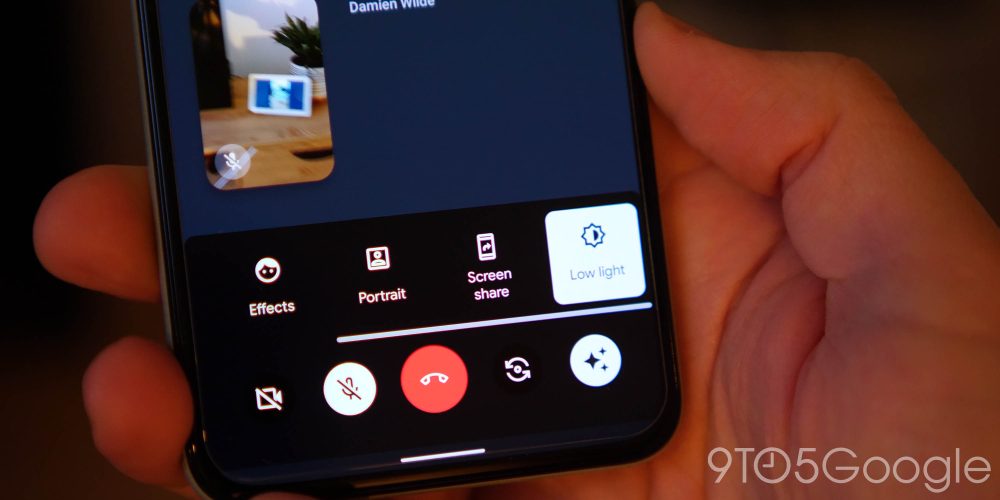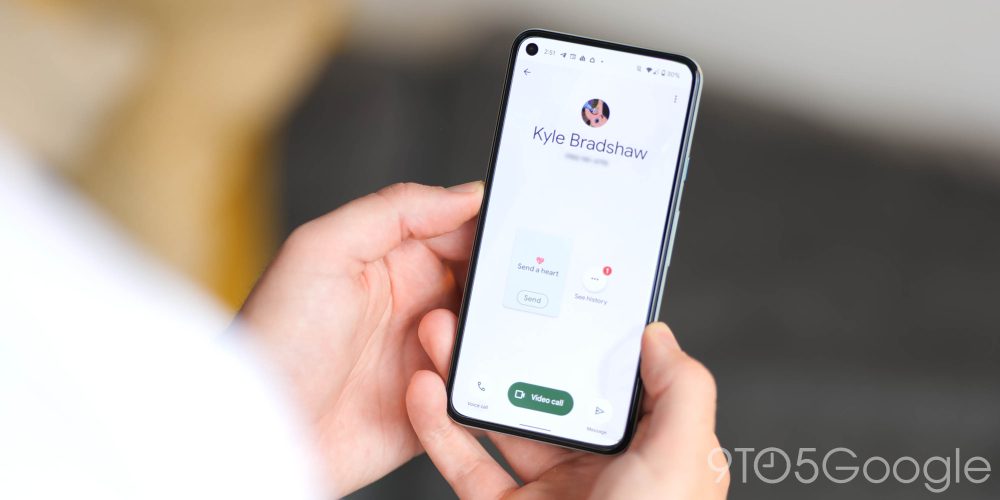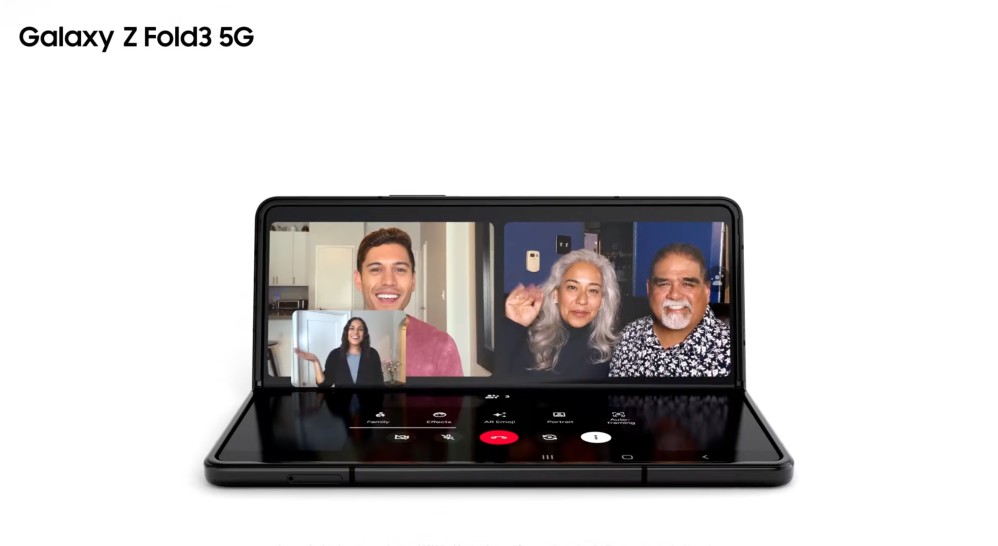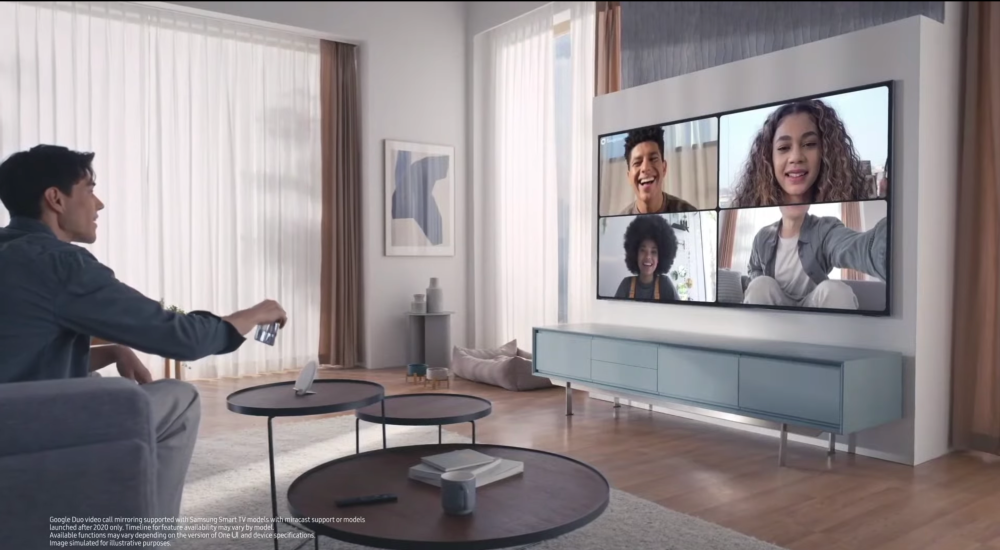
We broke the news last year that Google was eventually going to replace Duo by making Meet its only video calling service. That remains the case, but the resulting product will be primarily focused on enterprise and is no longer internally pitched to be a merger of the two apps, as Google has no plans to create a dedicated consumer-oriented video offering.
Our August 2020 report revealed that Google wanted to have a single video calling service for both regular/personal and business users. This decision followed the creation of a “unified team” three months earlier to work on both consumer and enterprise communication apps.
Internally, it was originally billed as a merger, with the codename “Duet” — a portmanteau of Duo and Meet. That team operated for most of last year under the belief that Duo and Meet would merge, thus resulting in a product that had the best of both services. Even then, sources at the time said the new direction and reduced interest in building a dedicated consumer service came as a surprise to the Duo team.
That direction changed in late 2020 when Duo/Meet leadership communicated internally that the consolidated team was no longer focusing on consumer video calling, and that it was full steam ahead on Meet as primarily an enterprise product. Specifically, there was no longer a desire to build a video calling app that excels equally at both consumer and enterprise use cases, in a stark change from the best of/merger plan provided a few months earlier. In fact, the extent of making Google Meet more consumer friendly would primarily be adding Duo’s ability to call users via phone number, and not just by email or link. We previously reported that end-to-end encryption was also discussed as a Duo feature for Meet.
Of the combined Google video calling team, the overwhelming majority today work on Meet and enterprise features. Meanwhile, it comes as Duo has seen minimal development this past year, with a pace that pales in comparison to the early/middle years of the service, and the ongoing iteration on Meet.
When asked for comment, Google told us that there has been “no change in our plans to continue investing in our consumer users.” To rebut the state of Duo, it offered the following list of feature launches in 2021 [after the direction change]:
- Refreshed Duo UI to support Material You
- Expanded tablet and foldable device support
- Brought Duo to Samsung TVs
- HD screen sharing
- New screen sharing controls
- New spam controls and protections
- Improved contact search
- Launched 18 new video effects
- Many under the hood improvements to quality and reliability [Lyra audio codec]
While a respectable amount, we are aware of some important context to the main Duo additions touted by Google as signs of active development.




1: Original | 2: New homescreen | 3-4: Material You redesign
The refreshed Duo UI rolled out in August to replace the previous homescreen that provided a live feed from your front-facing camera. Google changed it to a simple list view that shows call history and “New call” button to do everything else. In fact, this revamp matches a redesign given to Google Meet 10 months earlier in October 2020, thus reflecting the company’s priorities. Behind the scenes, we’re told that the new homescreen was done to simplify the app to allow for easier upkeep and maintenance. The obligatory Material You redesign, which basically just swapped out core UI components, then came a month later.
Meanwhile, the expanded tablet/foldable support and Duo on Samsung TVs are directly born of an agreement with Samsung to make sure Android has a go-to video app/experience that rivals FaceTime. The work in this area was described to us as contractual by a person familiar with the development.
Additionally, the other features – e.g. screen sharing which finally launched in September of 2020 – cited by the company were essentially in the pipeline before and amidst the merger and change in priority.
In its statement, Google says it has a “rich roadmap next year for both consumers and business users,” but tellingly does not name which product(s) will be the beneficiary of that work.
Following the abrupt direction shift in late 2020, there’s no real roadmap in place for Duo’s development, a dedicated replacement, or shutdown beyond Google Meet eventually becoming the “good enough” app for regular users that want to video call. While Google might keep non-enterprise usage in mind, the company largely believes that an integrated solution – e.g. Gmail with Chat, Meet, Docs, and more – will suffice for everyone.
Under this current direction, Android in the coming years will lack a direct FaceTime competitor. While Meet could eventually replace the Duo buttons found in Messages, Phone, and other apps with Duo integration, Google appears to be giving up on having a straightforward app with a list of contacts where a tap starts an immediate video call. It’s a concept that people are remarkably familiar with and downright expect on their phone in this day-and-age.
Google’s full statement is below:
“There has been no change in our plans to continue investing in our consumer users. Billions of users globally rely on Google Workspace to safely connect—in 2020, both Duo and Meet combined hosted over 1 trillion video meeting minutes—and we take this responsibility seriously. Over the past 18 months, the Duo team introduced a host of new features including group calls up to 32 people; the addition of doodles, masks, and fun effects with family mode; Duo for Android TV, Group calls for Nest Hub Max, and many more. This year alone, we launched a refreshed Duo UI to support Material You, expanded tablet and foldable device support, brought Duo to Samsung TVs, HD screen sharing and new screen sharing controls, new spam controls and protections, improved contact search, and launched 18 new video effects; as well as many under the hood improvements to quality and reliability. We have a rich roadmap next year for both consumers and business users, and we’re excited to share more in 2022.”
Google spokesperson
Author: Abner Li
Source: 9TO5Google







